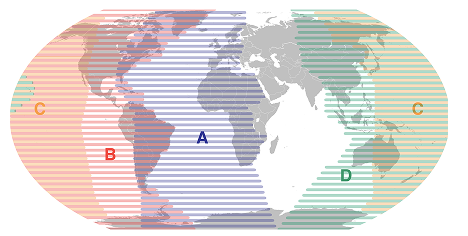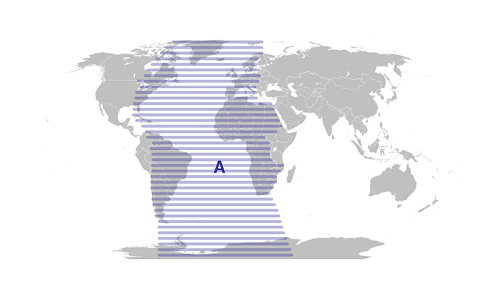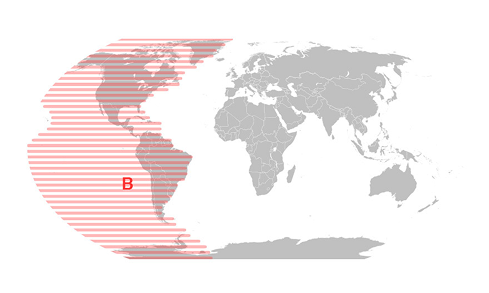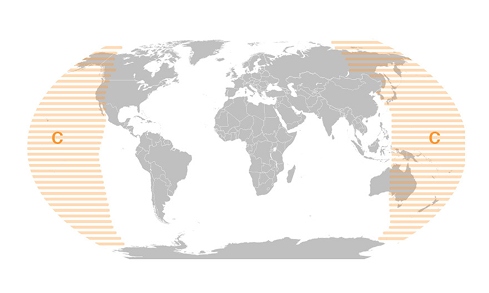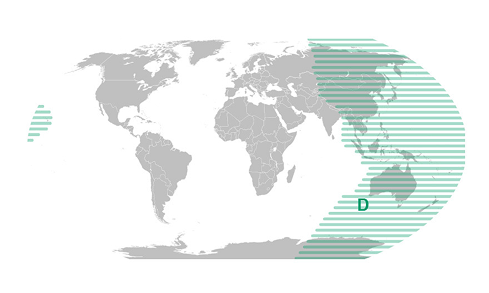Understanding Attachment
The Circle of Security is a visual map of attachment. It is used in parent education and intervention programs to help caregivers better understand and meet children's attachment needs. It depicts the interplay between a child's need for exploration (going out) and their need for comfort and safety (coming in), with the caregiver acting as both a Secure Base and a Safe Haven.
Figure 1: The Circle of Security for the toddler and preschool years.

The Importance of Attachment
John Bowlby, the "father" of attachment theory, described its importance:
"Intimate attachments to other human beings are the hub around which a person's life revolves, not only as an infant or a toddler or a schoolchild but throughout adolescence and years of maturity as well, and on into old age. From these intimate attachments a person draws strength and enjoyment of life and, through what he contributes, gives strength and enjoyment to others. These are matters about which current science and traditional wisdom are at one."
(Bowlby, J. (1980) Attachment and Loss: Volume 1. Attachment. Basic Books: New York.)
The Circle of Security: A Visual "Map" of Caregiver-Child Attachment
At Circle of Security International, our focus is on helping caregivers connect with the children in their lives. The Circle of Security figure is a central visual used as part of interventions and engagement programs for caregivers, all of which are focused on helping caregivers reflect upon children’s attachment needs in order to promote secure attachment.
The following video uses some of our graphics to illustrate the importance of the Circle of Security for caregivers:
You can watch this video along with the rest of our videos on our Vimeo page.
Guiding Principles
Here are some founding principles that underlie the Circle of Security model:
- Attachment problems in infancy and early childhood increase the probability of psychopathology later on in life.
- Secure attachment relationships with caregivers are a protective factor for infants and preschoolers, setting the foundation for social competence and promoting effective functioning of the emotion regulation and stress response systems.
- The quality of the attachment relationship is amenable to change.
- Learning, including therapeutic change, occurs from within a secure base relationship.
- Lasting change in the attachment relationship comes from caregivers’ developing specific relationship capacities rather than learning techniques to manage behavior.
- All caregivers want what is best for their children.
Learn More
For a review of the history of how the Circle of Security came to be, visit The History page.
Learn more about the COS-Intensive Pathway here.
Languages, Materials & Translations
Since the original COSP program was released in 2010, the video and all materials have been translated into these languages: Cantonese, Czech, Danish, Dutch, French, Italian, Japanese, Mandarin, Norwegian, Romanian, Spanish and Swedish.
We have partial translations (either full video translations but not all materials or sub-titled video translations) in these languages: American Sign Language, Arabic, Estonian, Hebrew, Norwegian Sign Language, Portuguese, Turkish, Ukrainian.
Below, you will find translation of our basic Circle graphic in many of these languages plus others.
Free Downloads
The Circle of Security Diagram
Choose a language:
Additional Materials
Our handouts can be useful tools for such introductions. These pdfs are freely available for you to download.
Map of Regions
